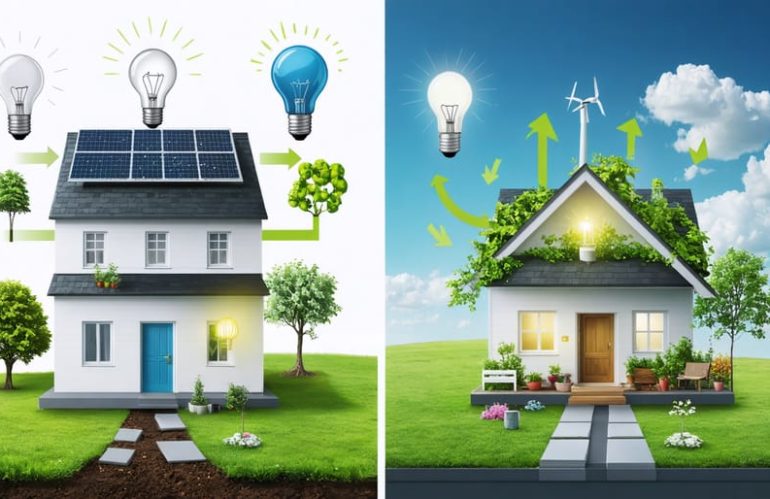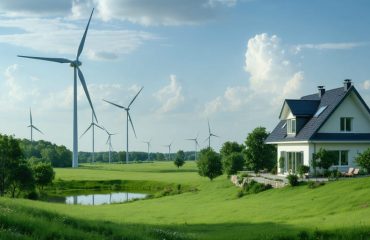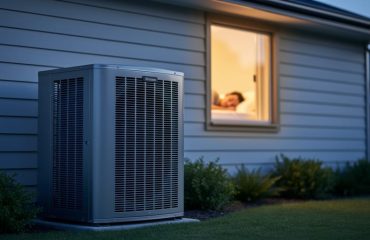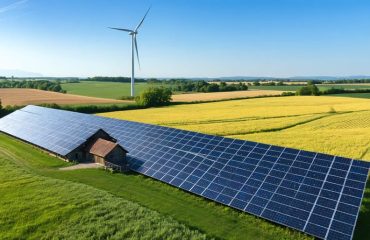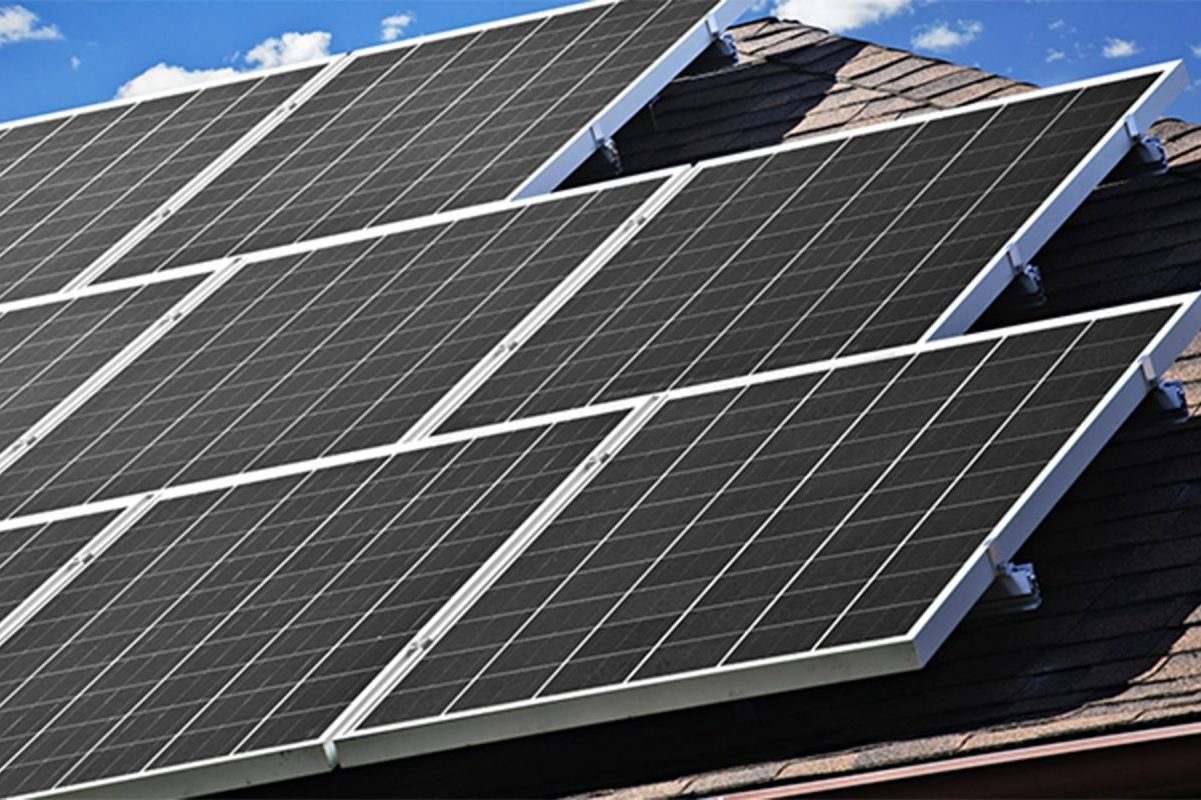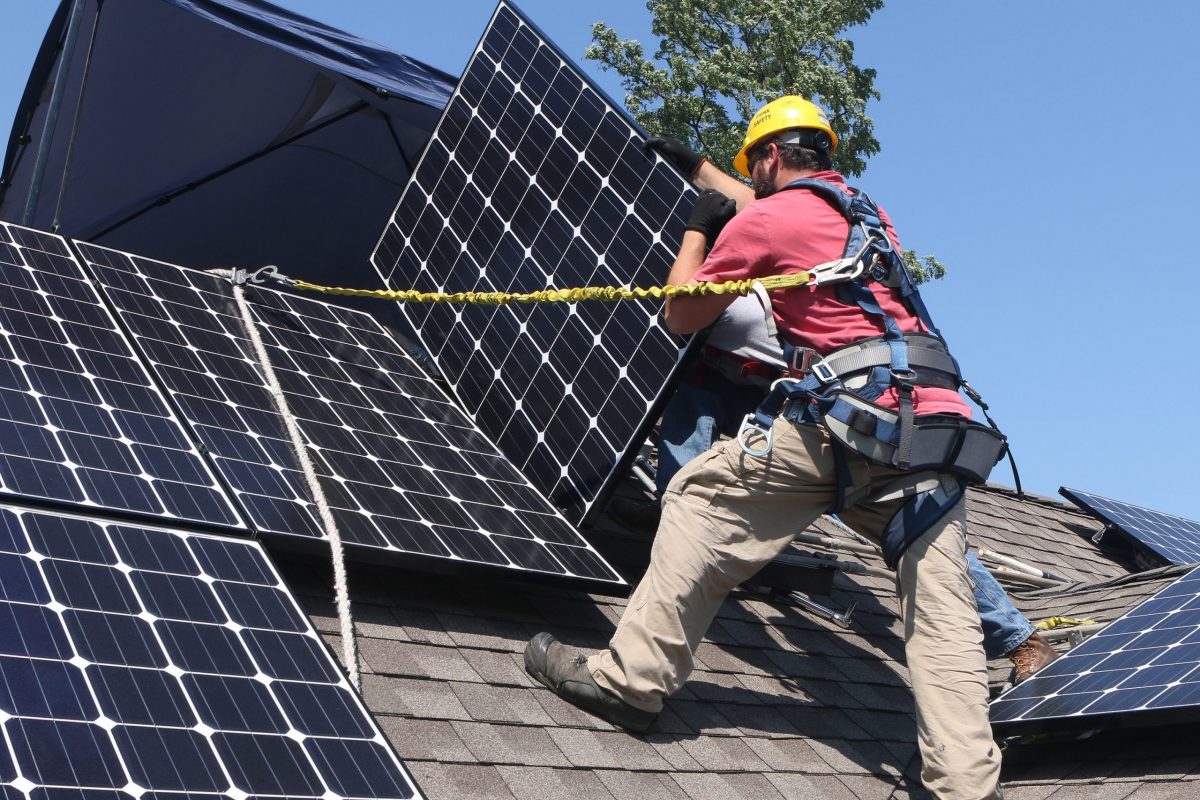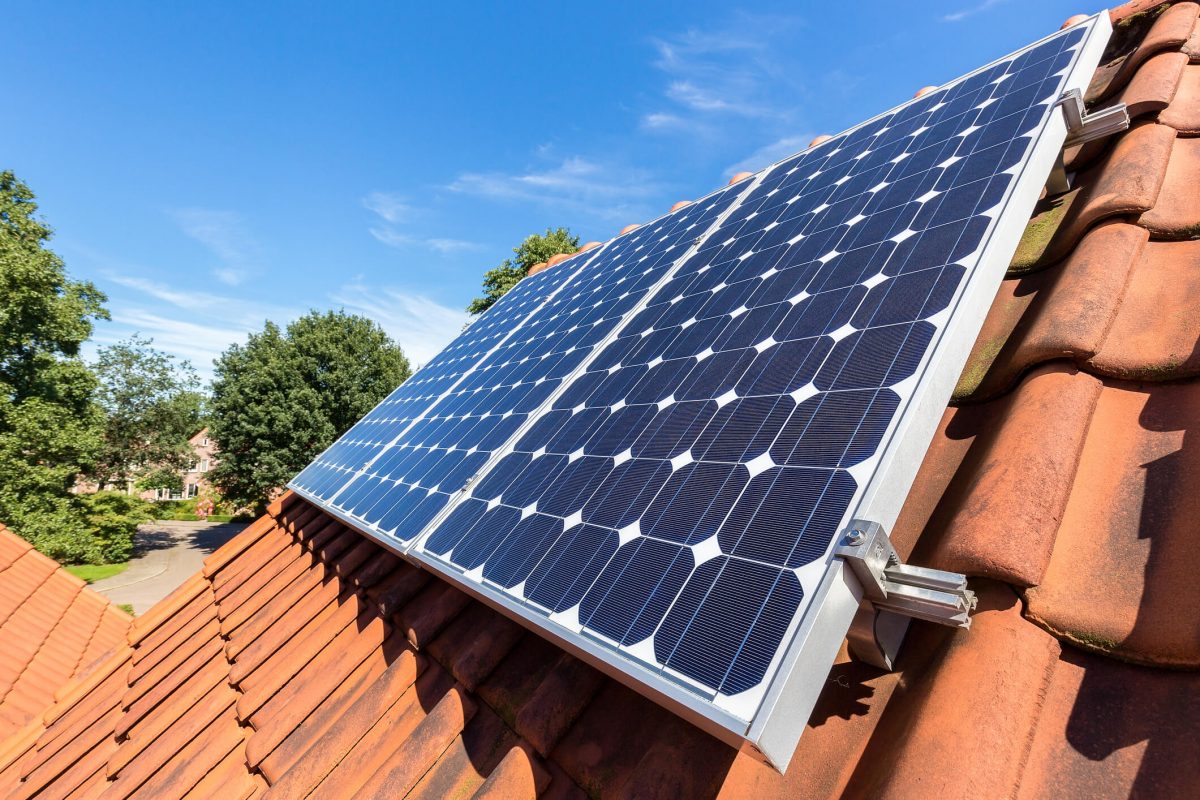Transform your home’s energy efficiency through three foundational behaviors that deliver immediate savings and lasting environmental impact. Small changes in daily routines can reduce energy bills by up to 30% while creating a more sustainable living space. Mindful consumption, strategic timing, and automated habits form the cornerstone of energy-smart living – practices that thousands of homeowners have successfully adopted to slash their utility costs without sacrificing comfort.
The most successful energy-saving strategies aren’t about expensive upgrades or complex systems. They’re about implementing simple, consistent behaviors that compound over time. By mastering these three core practices, you’ll join the growing community of homeowners who have discovered that meaningful energy efficiency starts with smart daily choices, not just smart technology.
Whether you’re motivated by environmental concerns or looking to reduce monthly expenses, these proven behavioral changes offer a practical pathway to achieving both goals. Let’s explore the specific actions that make the biggest impact.
Mindful Consumption: The Power of Awareness
Energy Usage Tracking
Monitoring your daily energy consumption is easier than ever with modern technology and simple tracking methods. Start by examining your utility bills carefully, noting patterns and sudden changes in usage. Many utility companies now offer online portals or mobile apps that provide real-time energy consumption data, making it simple to spot energy-hungry activities and adjust accordingly.
Consider investing in smart home automation systems that include energy monitoring features. These devices can track individual appliance usage, sending alerts when consumption spikes and providing detailed reports of your energy patterns.
For a more hands-on approach, maintain an energy diary for a week. Note when major appliances are used and for how long. This simple practice can reveal surprising insights about your household’s energy habits. Smart power strips with built-in monitors can also help track energy use from electronic devices, even when they’re in standby mode.
Remember to regularly check and record meter readings, especially after implementing new energy-saving measures. This helps quantify the impact of your conservation efforts and maintains motivation for continued improvement.
Setting Energy Goals
Setting realistic energy goals is the first step toward meaningful change in your home’s energy consumption. Start by establishing a baseline by reviewing your past 12 months of utility bills. This gives you a clear picture of your current usage patterns and seasonal variations.
Next, set specific, measurable targets. For example, aim to reduce your monthly electricity consumption by 10% within three months, or lower your winter heating costs by 15% compared to last year. Break these larger goals into smaller, achievable actions like reducing daily shower time by two minutes or lowering your thermostat by two degrees.
Track your progress using your utility company’s online tools or a simple spreadsheet. Many smart home devices can also help monitor real-time energy usage, making it easier to adjust your habits as needed. Remember to celebrate small wins – even a 5% reduction in energy use is progress toward your larger goal.
Consider creating both short-term goals (monthly) and long-term targets (yearly). This approach helps maintain motivation while working toward more substantial energy savings. As you achieve your initial goals, challenge yourself to set new ones, gradually building more sustainable energy habits.
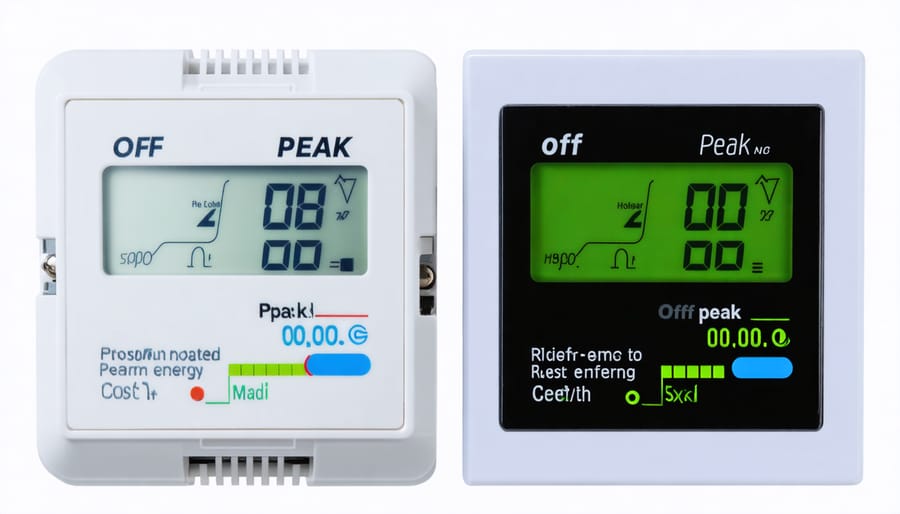
Smart Timing: When You Use Power Matters
Peak Hours Management
Managing your energy usage during peak hours is one of the most effective ways to reduce your utility bills. These periods, typically occurring during early mornings and evenings, come with higher electricity rates as demand surges. To optimize your consumption, start by learning to monitor energy consumption patterns throughout the day.
Consider shifting energy-intensive activities like laundry, dishwashing, and charging electronics to off-peak hours, usually late evening or early afternoon. Many utility providers offer time-of-use plans that reward this behavior with lower rates during specific times.
Create a schedule for major appliance usage that aligns with these off-peak periods. For instance, program your dishwasher to run after 9 PM, or do laundry on weekend afternoons when rates are typically lower. During peak hours, rely more on natural lighting and minimize the use of multiple appliances simultaneously.
Smart thermostats can automatically adjust your home’s temperature based on peak hour schedules, ensuring comfort while maximizing savings. By making these simple timing adjustments, you can significantly reduce your energy costs without sacrificing convenience.
Scheduling Energy-Intensive Tasks
Timing your energy-intensive household tasks can significantly impact both your utility bills and environmental footprint. The ideal time to run major appliances is during off-peak hours, typically between 7 PM and 7 AM when energy demand and rates are lower. For example, schedule your laundry, dishwasher, and other high-consumption activities for evenings or early mornings.
Consider grouping similar tasks together to maximize efficiency. Running multiple loads of laundry back-to-back takes advantage of the dryer’s retained heat, reducing overall energy usage. Similarly, running your dishwasher only when full and avoiding the heat-dry setting can cut both energy and water consumption.
Take advantage of natural conditions when possible. Plan activities like drying clothes on sunny, breezy days if you have outdoor space. During summer, schedule heat-generating tasks like baking or running the dryer during cooler evening hours to prevent your air conditioning from working overtime.
Many utility providers offer time-of-use rates or peak demand pricing information. Check with your local provider to align your household schedule with the most cost-effective times for energy-intensive activities.
Habit Formation: Making Energy Efficiency Automatic
Daily Energy Routines
Establishing effective daily energy routines can transform your home into a model of efficiency without sacrificing comfort. Start your day by opening curtains to maximize natural light, reducing the need for artificial lighting. Make it a habit to unplug electronics and appliances when not in use, as these “energy vampires” can drain power even when switched off.
Create a schedule for running major appliances during off-peak hours, typically early morning or late evening, to take advantage of lower electricity rates. Set programmable thermostats to adjust temperatures automatically based on your daily routine, maintaining comfort while optimizing energy use.
Incorporate simple checks into your evening routine, such as ensuring all lights are off in unused rooms and adjusting thermostat settings before bedtime. By combining these practices with sustainable energy solutions, you can create a comprehensive approach to energy management that becomes second nature.
Remember to regularly maintain your HVAC systems and appliances, as well-maintained equipment operates more efficiently. These small daily actions, when practiced consistently, can lead to significant energy savings over time.
Family Involvement
Making energy conservation a family affair can significantly boost your success rate while creating lasting positive habits. Start by holding a family meeting to discuss energy goals and get everyone’s buy-in. Create a fun reward system where savings from reduced energy bills can fund family activities or treats, giving everyone a stake in the outcome.
Assign age-appropriate energy-saving tasks to each family member. Young children can be “light monitors,” ensuring lights are off in empty rooms. Older kids might track thermostat settings or manage electronics usage. Parents can lead by example through consistent energy-saving behaviors and regular maintenance checks.
Turn energy conservation into an engaging challenge. Create a monthly competition to see who can remember to unplug devices most often, or make a game of finding “energy vampires” around the house. Consider creating a simple checklist for daily and weekly energy-saving tasks, and post it where everyone can see it.
Remember to celebrate successes together and make adjustments when needed. When the whole family is invested in energy conservation, it becomes a natural part of daily life rather than a chore.

By adopting these three simple yet powerful behavioral changes, you can make a significant impact on both your energy consumption and your wallet. Small adjustments in how you use and manage energy can lead to substantial savings over time, often reducing monthly bills by 10-30%. Beyond the financial benefits, these habits contribute to a more sustainable future and help reduce your carbon footprint without sacrificing comfort or convenience.
Remember, the key to success lies in consistency and mindful implementation. Start with one behavior that feels most manageable and gradually incorporate the others into your daily routine. As these practices become second nature, you’ll find yourself naturally making more energy-conscious decisions throughout your day.
Don’t wait to begin your energy-saving journey. The sooner you implement these changes, the sooner you’ll start seeing results. Your actions today will not only benefit your household but also contribute to a more sustainable community. Take that first step now – whether it’s adjusting your thermostat, being more mindful of peak hours, or creating new energy-saving habits. Your future self, and the planet, will thank you for it.

